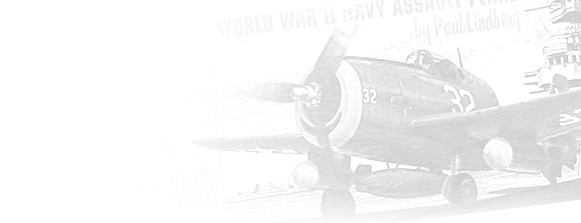
1/72 S-05 ZTS RWD-5 Bis - The Smallest Aircraft To Cross The Atlantic
Plastic Model Kit, Box Condition: VG+
Well molded kit of this very successful 1930s light aircraft features full cockpit, optional parts and decals for two versions and more. Mplded in light green and clear plastic. Includes a large, comprehensive decal sheet. The kit has never been started. It has been inventoried complete with all parts and includes decals and instructions. The RWD 5 was a Polish touring and sports plane. It was made famous by its transatlantic flight, being the smallest aircraft to cross the Atlantic. The first prototype (registration SP-AGJ) was flown on 7 August 1931 by its designer Jerzy Drzewiecki. It was built in new workshops of Warsaw University of Technology near Okęcie airport, from 1933 converted to Doświadczalne Warsztaty Lotnicze (DWL) company. After successes of the prototype in air competitions, a small-scale series production was set up, mostly for the Polish Aero Club. Series aircraft had improved landing gear. Two were built in 1932 (registration SP-AJA and AJB), five in 1933 (including the single-seater RWD 5bis), eleven in 1934 (including one in Aero Club workshops in Lublin) and one more in 1937 (SP-BGX), for a total of 20 aircraft. In 1932, the RWD 5 was shown at the International Air Show in Paris. One aircraft was used by LOT Polish Airlines in 1933–1936 for taxi flights (registration SP-LOT), one by LOPP organization (SP-LOP). After the outbreak of World War II, during the Polish September Campaign, at least three RWD 5 were utilized as liaison aircraft by the Polish Air Force (SP-ALR, ALX, ALZ). Also, Maj. E. Wyrwicki flew RWD 5 from Romania to besieged Warsaw[1] (according to other sources, he flew RWD-5 SP-AJB from Warsaw). The Flight Across The Atlantic: In March 1933 a special single-seater variant was built, called RWD 5bis (registration SP-AJU), powered with 130 hp Gipsy Major engine. The rear cabin was replaced with an additional 300 L (79 US gal) fuel tank, and the windows were removed. Additional fuel tanks were added in wings, the fuel capacity reached 752 L (199 US gal) in total and a range increased to 5,000 km (3,100 mi). Stanisław Skarzynski flew this plane from Warsaw to Rio de Janeiro from 27 April to 24 June 1933, on a path of 17,885 km (11,113 mi).During his travel, on 7 May/8 May, Skarzynski flew the RWD 5bis across the southern Atlantic, from Saint-Louis, Senegal to Maceio in Brazil. The flight took 20 hours 30 minutes (17 hours above the ocean). He crossed 3,582 km (2,226 mi), establishing a distance record in the FAI light tourist plane class. The RWD 5bis was at that time the smallest plane that has ever flown across the Atlantic — its empty weight was below 450 kg (1000 lb), loaded 1100 kg (2425 lb). The plane had no radio nor safety equipment, due to weight. It returned to Europe on a ship. After its record-breaking flight, the RWD 5bis was converted to a two-seater variant without additional tanks, and used by Skarzynski. The SP-AJU was seized by the Soviets in Lwów in September 1939, after their invasion on Poland.
$14.00
